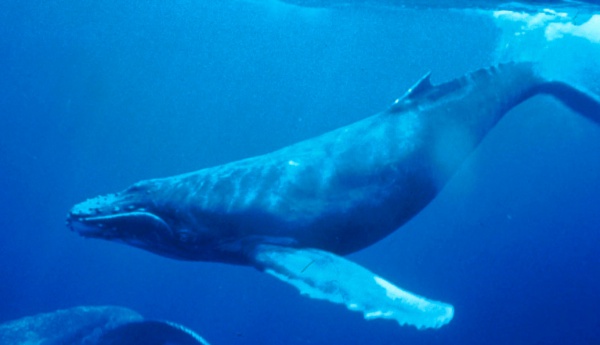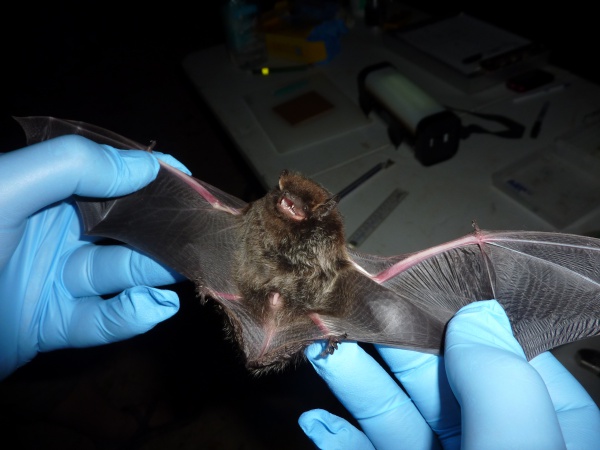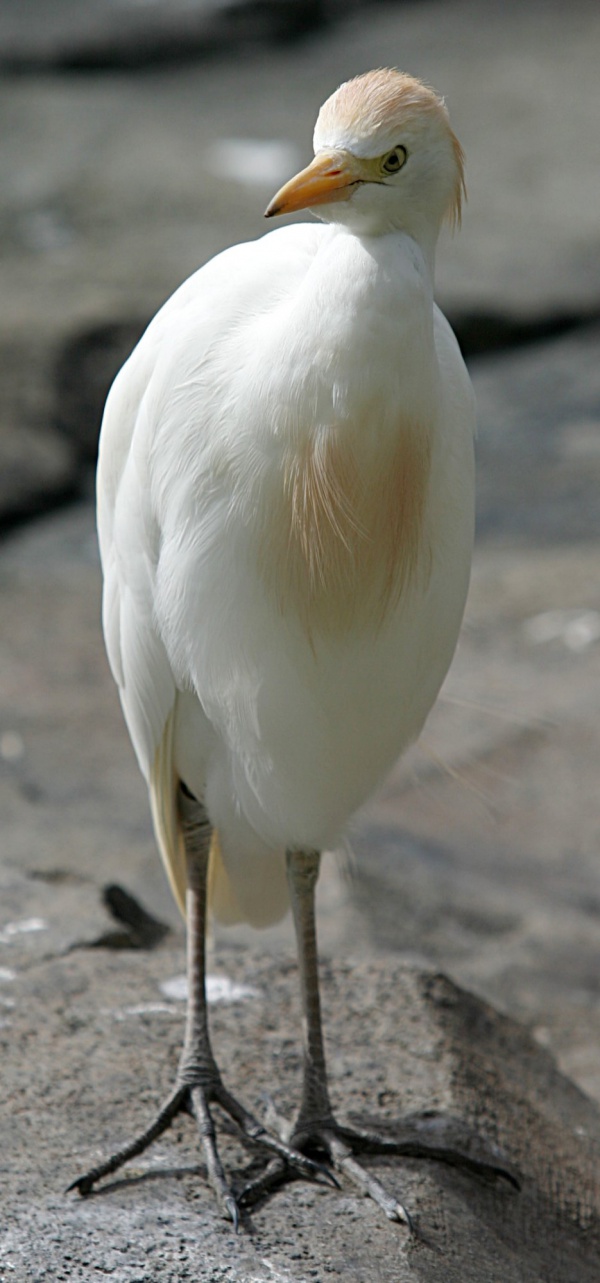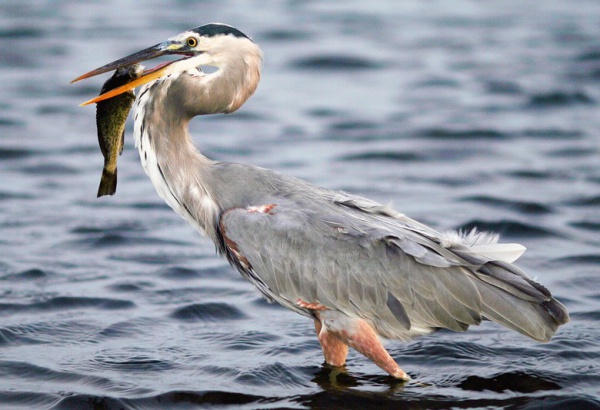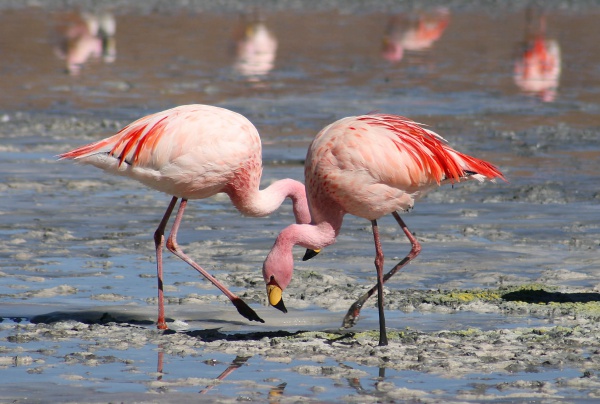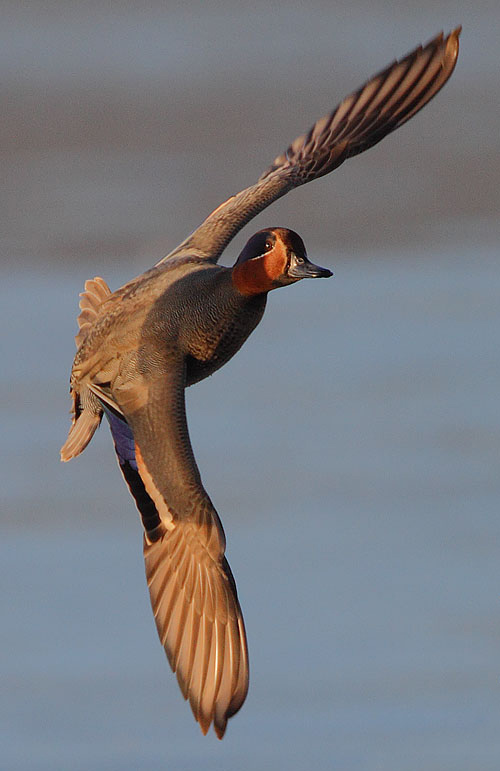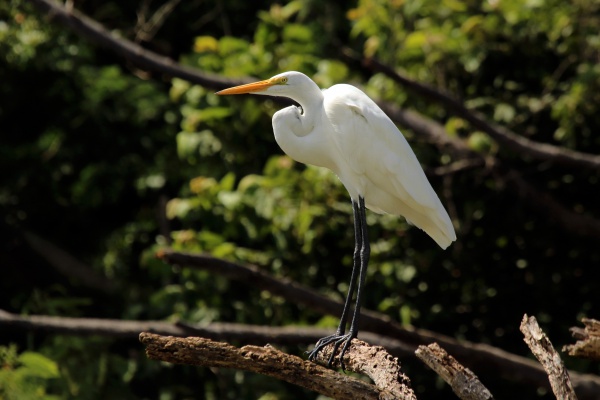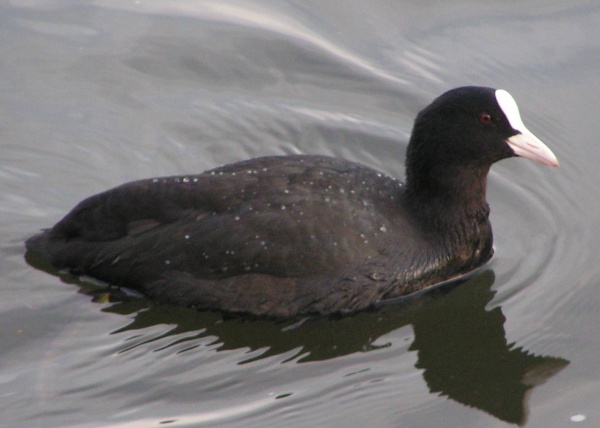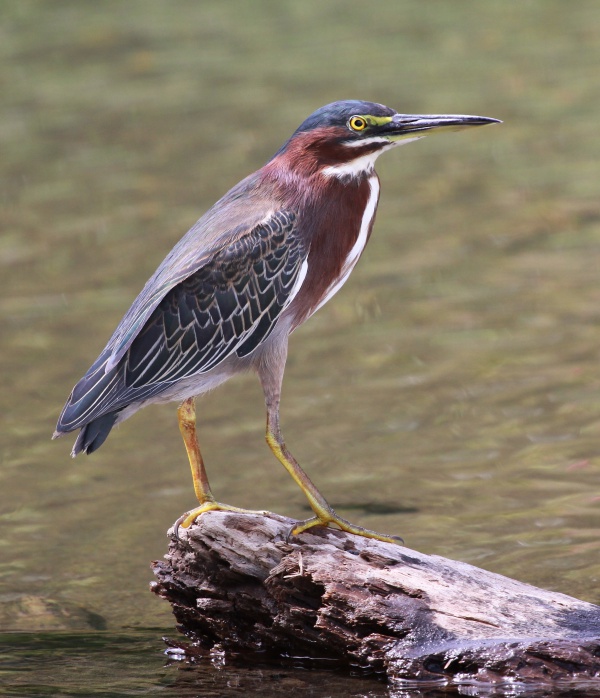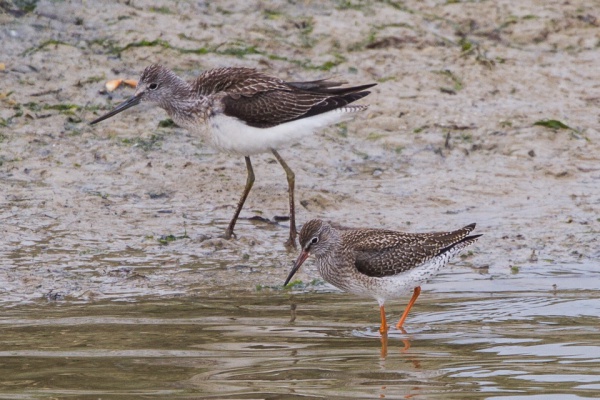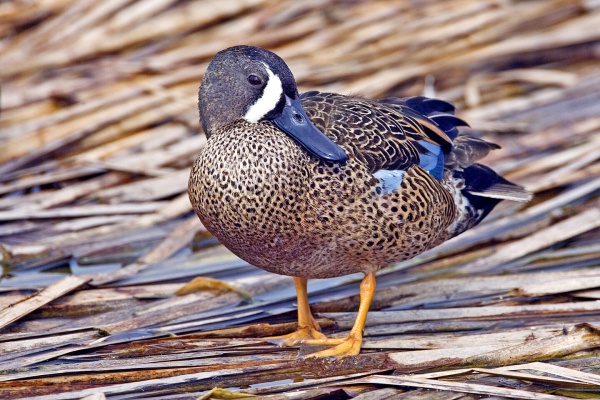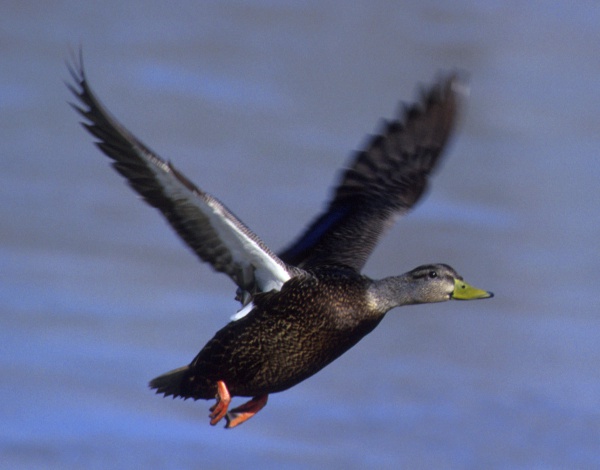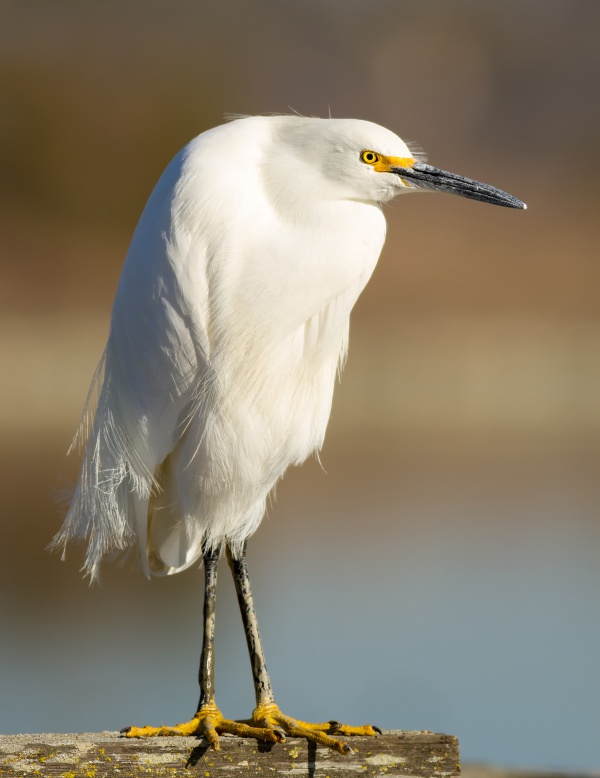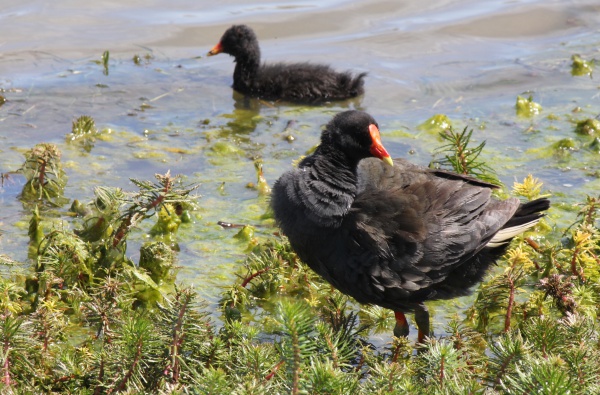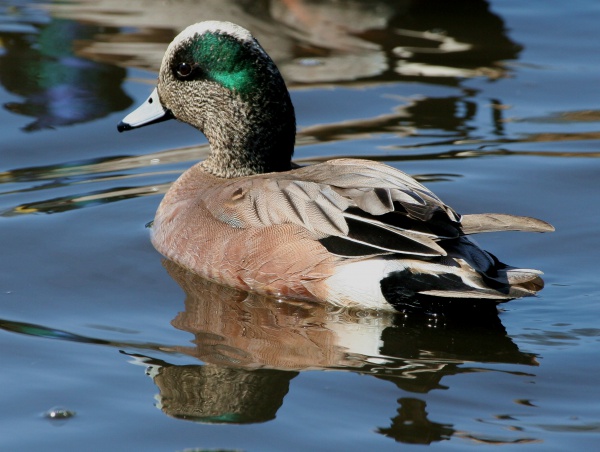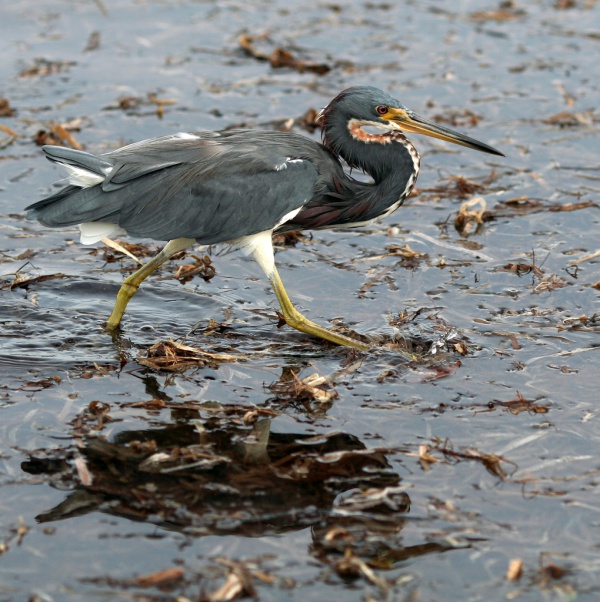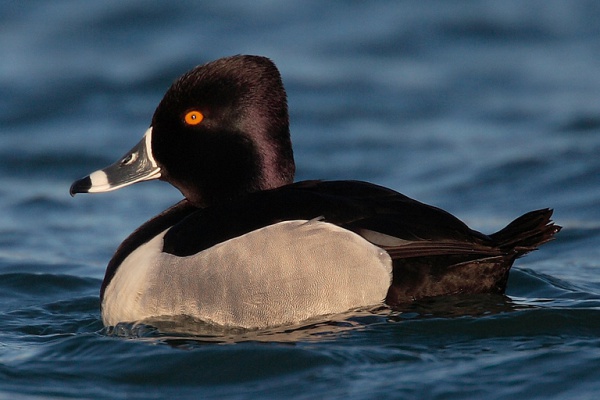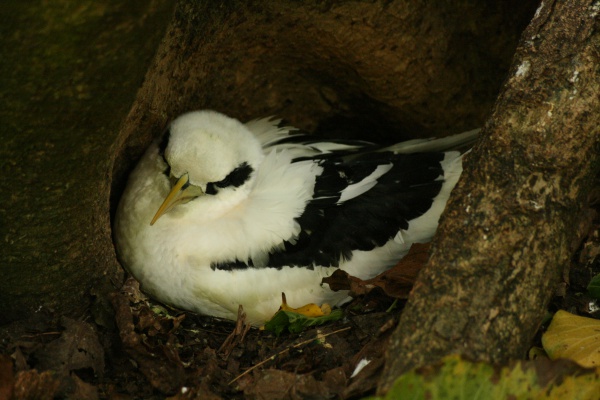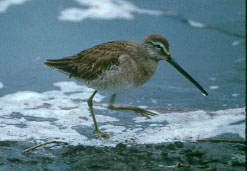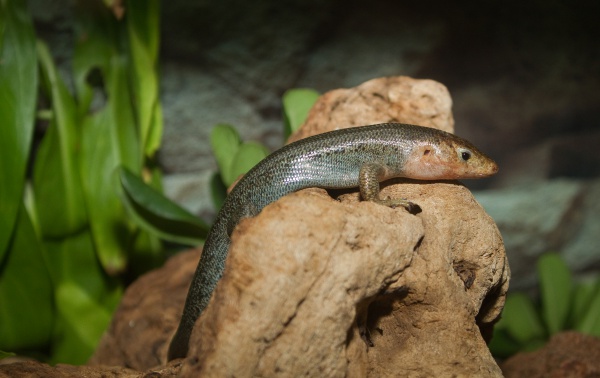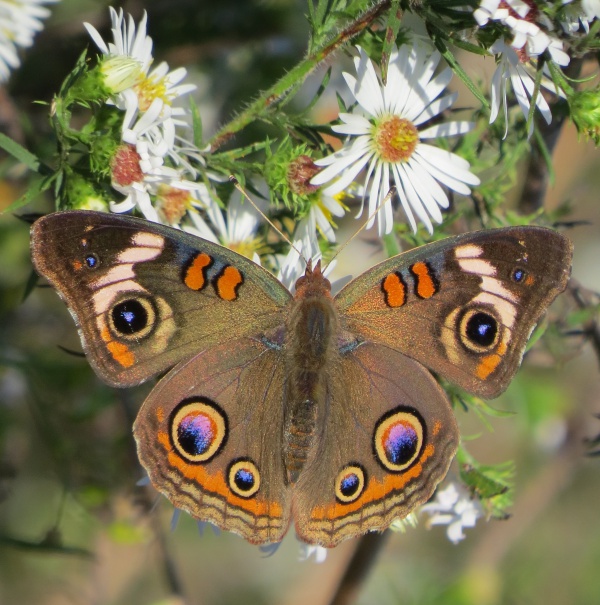
Bermuda Animals
Follow the Trail of Wild Nature – Nature Tourism in Bermuda
Bermuda, a picturesque archipelago in the North Atlantic Ocean, is not only renowned for its pink-sand beaches and vibrant coral reefs but also for its unique assemblage of wildlife. This subtropical paradise, with its mild climate and diverse habitats, supports a range of species that have adapted to island life. From the skies above to the depths below, Bermuda's fauna is a testament to the resilience and adaptability of nature in isolated environments.
Embark on an exploration of the animals that call Bermuda home. In the air, the elegant Bermuda petrel, or "Cahow," once thought to be extinct, dances on the wind, a symbol of conservation success. Beneath the waves, the spotted eagle ray glides through the water with a quiet grace, while the vibrant parrotfish helps to keep the coral reefs healthy by feeding on algae. On land, the endemic Bermuda skink scurries through the underbrush, a rare sight that underscores the island's ecological significance. Join us as we delve into the lives of these and other fascinating creatures that inhabit the lush and lively natural world of Bermuda.
Mammals of Bermuda
In the subtropical haven of Bermuda, one can find a modest array of mammalian life, primarily composed of marine species. The most notable are the humpback whales, which grace Bermuda's waters with their awe-inspiring presence during their annual migration in the spring. Bottlenose dolphins are also frequent visitors, delighting onlookers with their playful antics. On land, however, the mammalian fauna is limited due to Bermuda's isolation and small landmass. The most common terrestrial mammal is the imported European hare, which can be spotted darting through the underbrush. Bats, specifically the Bermuda bat, are the only native mammals, flitting through the twilight skies as they pursue their nightly insect hunts.
Birds of Bermuda
In the subtropical paradise of Bermuda, bird enthusiasts can marvel at a variety of avian species, with the emblematic Bermuda Petrel, or Cahow, being a remarkable conservation success story. This nocturnal seabird, once thought extinct, now thrives under careful protection. The Great Kiskadee, with its vibrant yellow belly and melodious call, is a common sight, often found perched on telephone wires or flitting among the trees. The White-tailed Tropicbird, or Longtail, graces the skies with its elegant streamers and can be seen gliding over the crystal-clear waters. Additionally, the endemic Bermuda White-eyed Vireo serenades visitors with its sweet song, while the Grey Catbird, a winter visitor, adds to the island's chorus with its distinctive mewling calls.
Reptiles, Insects
Top Spots for Wildlife Observation in Bermuda
- Spittal Pond Nature Reserve, located on the South Shore of Bermuda, is the largest wildlife sanctuary on the island. This brackish pond is a haven for birdwatchers, as it is a vital stopover for migratory birds. Visitors can spot a variety of species such as the great blue heron, the white-tailed tropicbird, and the endemic Bermuda petrel, known locally as the Cahow. The reserve also hosts a variety of ducks and shorebirds, depending on the season.
- Cooper's Island Nature Reserve, situated in St. George's Parish, is a relatively recent addition to Bermuda's natural spaces, having been off-limits as a former military base until 1995. This coastal reserve is now a sanctuary for wildlife, including longtail birds, also known as white-tailed tropicbirds, and a variety of seabirds. The reserve's beaches and coves are also important nesting sites for the endangered green turtle.
- The Bermuda National Trust manages several nature reserves across the island, such as Paget Marsh in Paget Parish. This natural wetland is a remnant of the original Bermuda cedar forest and is home to a variety of bird species, including the yellow-crowned night heron and the gray catbird. The boardwalk allows visitors to explore the marsh without disturbing the delicate ecosystem.
- Walsingham Nature Reserve, also known as Tom Moore's Jungle, offers a lush forested area with mangrove ponds and caves. This reserve in Hamilton Parish is a great spot to observe the Bermuda skink, a critically endangered lizard species that is endemic to the island. Birdlife is also abundant here, with species such as the eastern bluebird and the northern cardinal frequently seen.
